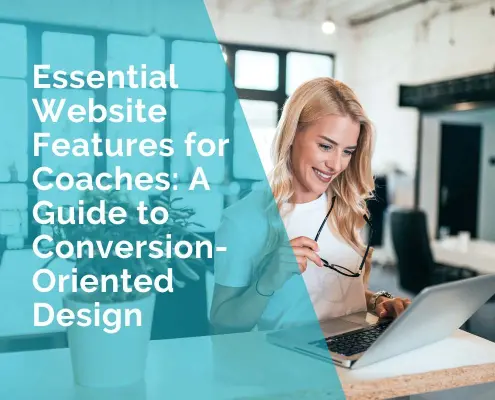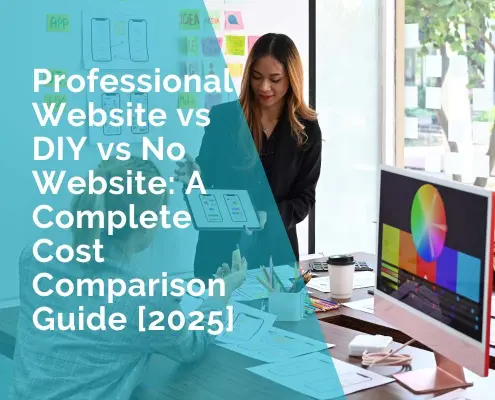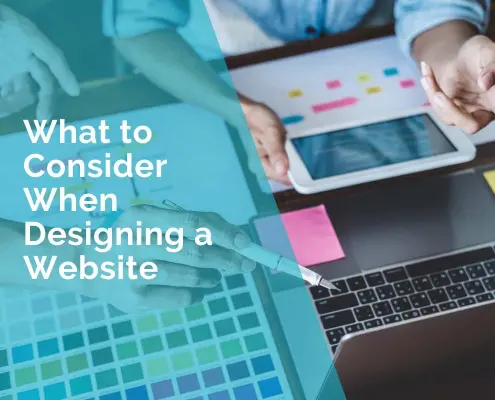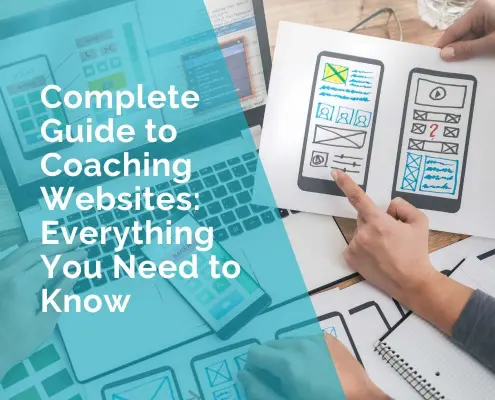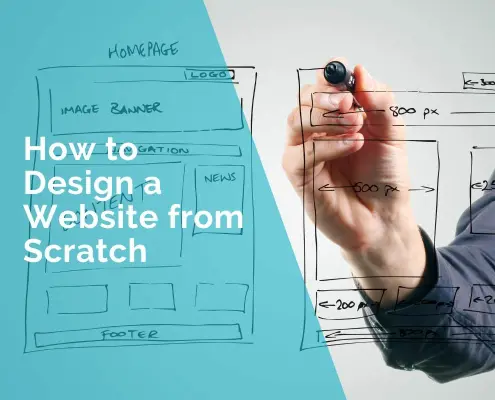10 Ways To Fix Common Website Accessibility Issues
Is accessibility stopping your website from being a useful tool, resource, or marketing platform? Find out how to overcome obstacles to improve user experience!
Now, with more people than ever connected to the internet, it’s vital for a business to ensure that their website is accessible for everyone. This doesn’t just mean having a site that’s mobile optimized or aesthetically distinctive. It means offering a user-friendly experience that has the widest possible reach.
By having an accessible website, you can….
- Reach the largest possible target market.
- Improve SEO.
- Promote inclusivity.
- Enjoy positive PR.
Want to know how to do that? Follow these tips:
1. The Accessibility Of The Site’s Content
Website design is now at a point where developers and laypersons can put together an extremely competent, modern website with minimal effort.
But the effort is only part of the equation.
It’s important to make sure that a site features pages with accessible content.
This may not be a problem most of the time—until we adopt the concept of dynamic content. In simple terms, dynamic content is content that can change without the page reloading. This is why it may be worth having ARIA landmarks installed on a page. You can add these specialized tags to content in order to define it clearly. This allows visitors to get where they need to go without first having to sift through too much other content.
2. Be Aware Of Colours
Colour blindness tends to be a much more widespread condition than people realize. It affects over 300 million people worldwide, but it’s also not quite as black-and-white to those who are aware of it.
Human vision lies in something of a spectrum, and people perceive colors in various ways. Having colors that contrast well means that all visitors—regardless of whether they suffer from color blindness—will quickly and easily define the color of whichever page element they’re looking at.
3. Resizable Text Is Necessary
Most of today’s web browsers and devices have text resizing as an integrated tool, but not all sites can make use of this feature. And, if the browser does try and implement it, it may break the site or make it impossible to interact with pages.
The best practice is to avoid absolute units and instead, use relative sizes wherever possible. This ensures text is readable, and there’s less chance of browser-based issues arising.
4. Turn Off Automated Media
There are plenty of sites that automatically begin playing any media present on a page. It’s an annoyance for most people, but when it comes to accessibility, it can turn it into something of a visual or audio nightmare.
It can be enough to have buttons available to turn the media off. However, it’s better practice to not have media play automatically as the site’s default. Giving the user full control and allowing them to prompt the media they may have an interest in makes for a much more welcoming experience.
5. Take Note Of Dyslexia
It’s believed that between 5% and 10% of the world’s population suffers from some form of dyslexia. This can make digesting text-based content far more difficult. The problem amplifies with the use of overly complex language, which is why it’s preferable to keep written content clear and concise.
There are numerous free tools such as Hemingway that check readability scores and are useful in checking to see how easy to understand your content is.
6. Headers Make a Difference
Encountering content that’s made up of lengthy walls of text and media with no discernible structure can quickly overwhelm readers.
Content needs to flow organically, and headers are a key implementation of accomplishing this. Whether you’re intending to target a predominantly desktop computer or mobile audience, your header formatting should follow the same pattern.
Using one H1 per page as the page title makes content easy to read. Then, ensuring all subsequent subheadings consist of H2, with H3 headers nested further in, creates a sense of flow and readability for a more user-friendly interaction.
7. Clear Form Usage
Forms offer visitors a quick and simple way to provide contact or other information, but it’s easy to make a form vague and uninviting.
To remedy this, ensure that you label each of the fields as clearly as possible, while always keeping labels adjacent to the fields they relate to. This helps those who need to use a screen reader to explore the content in front of them properly.
8. Form Time-Outs
It’s extremely common for a form page to time-out after a specified period of time. Particularly when it’s a purchasing form where security is vital. But for those that make use of screen readers, they might not be able to complete the form before the time-out occurs.
In this case, it can be beneficial to make sure that the amount of time available is more than enough. You can also add a pop-up notification that makes the user aware of when the form is set to expire, giving them the opportunity to extend the time if need be.
9. Missing Link Text
Adding links to content isn’t just great for SEO. It makes the reading experience richer, more engaging, and allows users to further explore the subject. However, having links that don’t have clear markings may make the user shy away from clicking on them. It’s imperative that the link is in plain text.
Those that suffer from a sight impairment or are using a screen reader won’t be aware that a specific image or button contains a hyperlink if it’s not clearly marked. Ambiguous hyperlinks also lead to the same problem. If you only give general information like “click here,” for example, this doesn’t give the reader the chance to understand where the link may be taking them.
10. Avoid Overuse Of Tables
Tables offer a means of providing swathes of useful data in a concise way, but they can be a hindrance when they’re used too frequently. That’s why it’s a better idea to only use tables when absolutely necessary.
There are many resources available for developers to learn how to make a complex table of data, while still maintaining a strong standard of accessibility.
The internet thrives on inclusivity. Making your site user-friendly and accessible to a wide audience, regardless of their possible impairment, shows both a solid level of professionalism and compassion. In the future, people expect an increased focus on accessibility. By implementing these 10 tips, you can be ahead of the curve.




